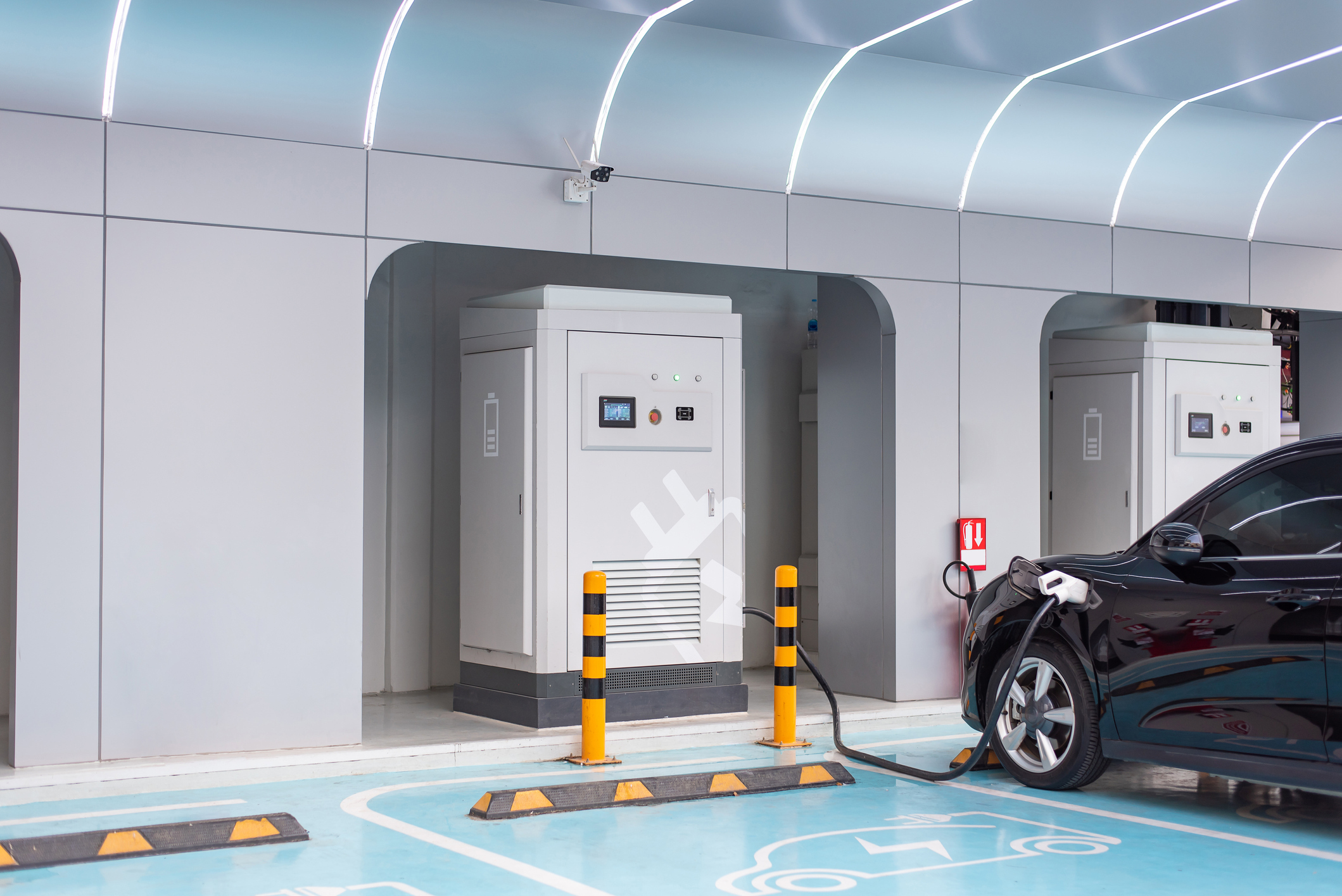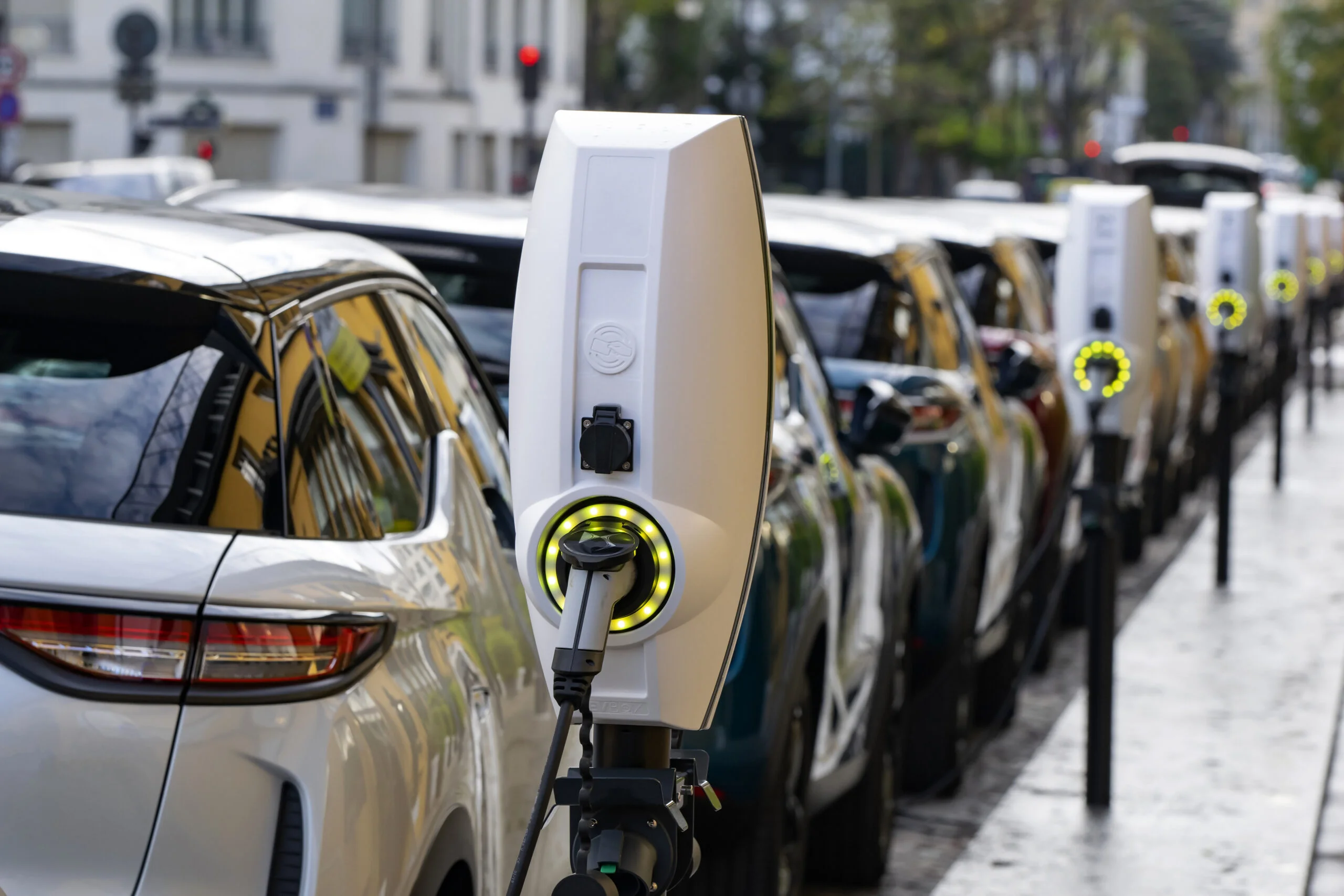Electric vehicle (EV) sales have increased worldwide, with China, Europe, and the United States leading the trend in 2021, signaling a wider spread of EV adoption than ever. Although more households and companies are buying EVs, many still worry that the technology will not meet their needs. When asked about barriers to ownership, 34% expressed concern about the lack of charging stations, making it the biggest obstacle. Fortunately, legislation like the Inflation Reduction Act paving the way for greater charging infrastructure, as well as the mandate to increase EV production to account for half of all vehicles manufactured by 2030. These increases in the global EV fleet will increase demand, further complicating the grid. Fortunately, managed charging strategies can help balance demand and minimize expensive energy costs.
Managed Charging Features
Managed charging strategies involve balancing the EV charging times with peak demand usage. For example, participants in a managed charging program may be called to only charge during off-peak hours during demand events to help conserve costly energy purchases, while enhancing grid resiliency. When someone plugs their EV into a charging station, managed charging software uses real-time data to determine whether it’s the right time to distribute electricity to that vehicle’s battery.
During peak-demand periods, your managed charging software utilizes date to help best determine how much usage might be needed during any given day. For peak days of demand, managed charging programs defer charging until post-peak demand when energy is more plentiful and cheaper. Once demand decreases, managed charging will charge the battery.
This scenario might sound rather basic, but it involves complex factors that can evolve rapidly. Some of these factors include:
- An increasingly diversified EV fleet, including electric cars, trucks, boats, trains, and aircraft
- Smart charging stations that communicate with managed charging software via encrypted networks
- Real-time data collection from thousands or millions of charging stations throughout the area
- Predictive analytics that estimates off-peak periods when the grid can easily support more EV batteries
- Artificial intelligence (AI) and machine learning (ML) make accurate conclusions from the available data and historical usage patterns.
As EVs, charging stations, data centers, and AI technologies improve, expect to see managed charging become even more precise in helping to balance grid loads within seconds.
The Benefits of Managed Charging
Governments around the world are working to reduce greenhouse gas emissions and curb global warming. In 2021, the U.S. government approved $80 billion for EV infrastructure development. The National Electric Vehicle Infrastructure (NEVI) Formula Program will give each state $5 billion to build basic charging networks along major corridors, from urban to rural areas alike, to alleviate range anxiety, while bolstering EV adoptions.
However, the rapidly growing popularity of EVs will reshape load curves and pre-existing demand paradigms, by adding higher electricity needs that challenge grid resiliency. Some industry experts believe that large highway charging sites in 2045 could consume nearly as much energy as an industrial site. An EV charging site that consumes more than 30 MW during peak hours would put a concerning amount of stress on the grid.
Governments and utility companies that plan for unprecedented electricity consumption will fare better than those that hope an undiscovered solution will emerge before their grids suffer. Managed charging offers several benefits that work in correlation with other technologies to reduce grid stress and improve services
Lower Prices by Controlling EV Charging Times
Managed charging offers several benefits that work in correlation with other technologies to reduce grid stress and improve services. Electricity rates change throughout the day. Precisely when you purchase electricity largely determines how much your organization and consumers spend on energy.
Load forecasting plays an important role in controlling electricity prices. Managed charging gives you another tool that helps you minimize high energy prices. Together, these technologies give you insight into how much electricity you need, whether you can conserve some energy consumption, and how much electricity your distributed energy resources (DERs) might help add to the grid.
Consider this example of managed charging in action. If a sudden heatwave increases air conditioner usage—the household appliance that uses the most energy—throughout your service area, your grid can use managed charging to help mitigate high prices and strengthen grid resiliency by conserving energy. When demand increases, managed charging programs request participants to charge during off-peak hours.
Protect Grid Assets by Managing EV Charging
High electricity demand puts your grid assets at risk. Do some parts of your service area have transformers that can’t keep up with demand? When pushed beyond their limits, they could fail and cause power outages. While newer equipment might have the ability to manage higher demand, non-wired alternatives like managed charging programs provide a low-cost alternative to pricy infrastructure upgrades and maintenance. Ultimately, you get more use from your grid assets and spend less money maintaining aging parts of your infrastructure.
Managed & V2G Charging
While managed charging functions as a conservation strategy, parallel technology like V2G reciprocal charging can add new dimensions to your load strategy. EV batteries can act as DERs that store electricity and contribute energy to the grid when necessary. Liked managed charging, is a robust feature available in the right distributed energy resource management (DERM) solution. Ideally, any EV charging solution will allow for both tools in your toolbox, especially as the grid becomes increasingly complicated.
Getting More Users Involved in Managed Charging
The increased volume of charging stations that promise to serve future commuters might not need much convincing to join a managed charging initiative. Households and companies, however, are more likely to see managed charging as a potential inconvenience. With just 10% of Australian and North American consumers participating in demand response programs, utility companies must find ways to incentivize their programmatic efforts.
Perhaps most importantly, consumers need to know that they maintain control over how and when they charge their EVs. Since managed charging programs are voluntary, program managers are tasked with encouraging participation through their various marketing and customer engagement efforts.
Other ways you can improve participation include:
- Treating customers as energy partners who play an important role in grid reliability
- Gamifying participation to encourage participation
- Using your existing communication channels (emails, bills, newsletters, etc.) to expose consumers to repeated messages that make them more comfortable with managed charging (take a cue from the See, Think, Do, and Care framework content marketers use).
- Encouraging questions so you can address consumer concerns and pain points
Getting people to join your initiative will take work, but success means everyone saves money and enjoys a more stable grid.
Embrace Managed Charging to Prepare for the Future
Over the next few years and decades, managed charging will become essential for providing drivers the energy they need—when and where they need it—without straining the grid excessively. We already know that a monumental shift toward EV adoption will add complexity to the grid. Luckily, that means utility companies can start preparing for those challenges before they become problems. Managed charging gives utility companies yet another opportunity to become grid stewards responsible for maintaining infrastructure and managing energy demand regardless of how we generate electricity in the future.





